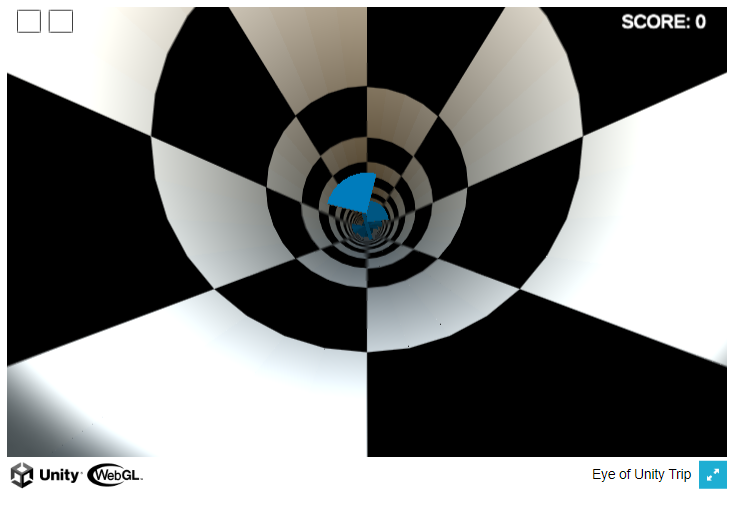The AES-256 algorithm is used to generate data encryption and decryption keys for secure data storage, messaging, and data transfer. The SHA-256 algorithm is used to generate digital signatures, which verify data authenticity. AES-256 and SHA-256 Cryptographic Hash Algorithm are two of several common hashing algorithms used to generate cryptographically secure hashes. In all cases, the goal is to generate a string of characters that is nearly impossible to reverse.
The SHA-256 cryptographic hash algorithm is used in many different applications, including the Bitcoin cryptocurrency. The SHA-256 digital signature algorithm is designed to be computationally very hard to break, but it is not impossible. It can be broken if someone has access to a powerful supercomputer, or if they have enough money to buy enough GPUs (graphics processing units) to use those supercomputers without enough cyber security features in place. Cryptocurrency works from an extension of a simple blockchain javascript compilation and tokenomics. This token and blockchain it resides in then slowly builds through altcoins, webmasters, and app designers to enhance the integrity of the Blockchain structure. This will prevent problems with transactions in the future. In the future, the cryptocurrency blockchain will be shielded by ages of technology and token utility and utilization concepts.

Origin of the SHA-256 and the AES-256
SHA-256 has been used as a cryptographic hash algorithm since 1995. Not only has it been used for cryptography, but it is also a building block of other cryptographic algorithms such as SHA-512. The SHA-256 cryptographic hashing algorithm was created by the United States National Security Agency (NSA). It is a secure hashing algorithm that produces a 256-bit hash value. SHA-256 is a hash function that is used to produce a hash value for a given input. In this case, the input is a byte of a message and the output is a 512-bit value. The SHA-256 algorithm is used to generate the digital signature for Bitcoin transactions. The AES-256 cryptographic hashing algorithm was developed by the US National Institute of Standards and Technology (NIST). It is an ultra-secure encryption algorithm that produces a 256-bit hash value. The AES-256 algorithm is used to encrypt Bitcoin wallet files.

Supercomputing SHA-256 Cryptographic Hash Algorithm
In the future, it will possible to crack SHA-256 Cryptographic Hash Algorithm using Supercomputing capable of enormous calculations, now possible with the advent of quantum computers. By this time enough security measures will be shielding the blockchain to keep it safe. Like any other cryptographic algorithm, SHA-256 is susceptible to brute force attack. Quantum computing can perform SHA-256 hashing with the highest rate. The IBM Blue Gene/L, which is currently capable of performing 8.2 Q and other supercomputers are designed to perform several trillion operations per second (teraflops). To exploit SHA-256 hashing, computer processing needs to perform 10.5 quintillion operations per second (10.5 Q). To compare, a top-of-the-line desktop PC can perform about 1.7 Q. With quantum computing chips only performing lateral computations protection from exploitation is not infinite.
It is designed to be secure and resistant to attacks, but it has been shown to be vulnerable to collisions. Collisions are when two different inputs produce the same hash output, which can be exploited to create a collision attack, which could potentially lead to a successful crack of a password. Other, more secure algorithms, such as SHA-512, are becoming more popular and will be used in the future with the rise of lateral quantum processing power.

AES-256 Cryptographic Hash Algorithm
The AES-256 algorithm is the most secure cryptographic hash algorithm that is currently used. It is used by the US government, and is the most commonly used cryptographic hash algorithm for password hashing.
Methods of Potential Exploitation
1) Use brute force – this is where you try every possible combination of the input password until you find the correct one. This is the most time consuming way to crack the AES-256 algorithm, as it takes an extreme amount of time to compute all the possible combinations.
2) Use a brute force attack on a custom built computer – this means that you build a computer specifically to crack the AES-256 algorithm. Although this is the most time efficient way of cracking it, it is still incredibly difficult to do. The main problem with this is that you don’t know when the correct password is found,
3) Pre-image attacks – A less commonly used method of cracking the AES-256 algorithm is to find the pre-image, the input that will produce the specific output. This is the same as a “one time pad” encryption method, except that instead of a “pad” being used to encrypt the plaintext, the pad is used to encrypt the output of the hashing process. This is a method that is more efficient than brute force, but is still time consuming.
4) Use a GPU based attack – The GPU is a type of specialized processor that can be used to perform a large number of calculations at once.

Creating a SHA-512 Blockchain
You’ll need to take a 512-bit number (which does not exist in nature) and convert it into a string of 1s and 0s if you want to make another cryptocurrency blockchain with more encryption, but this will take too much heat and processing power to provide consistent data transfer. You can use the SHA-512 cryptographic hash algorithm to recreate the 512-bit number. This cryptographic hash algorithm is a 512-bit hash function, and there are no plans for 512-bit blockchains because quantum computing has not reached its full potential and may never due to environmental conditions and integration of lower-powered solar electronics, but there is potential for future developments. To create a 512-bit cryptocurrency blockchain, you will need to use the SHA-512 algorithm, which is a cryptographic function used to create hash values for files. The SHA-512 algorithm is used in many different applications, including digital signatures and encryption of data.
SHA-512 is one of the SHA-3 and SHA-2 variants of the SHA-2 family. It is a secure hash function designed to provide a high level of security, and is used to provide digital signatures. The SHA-512 Cryptographic Hash Algorithm was first introduced in 1992 and has since been adopted by both the U.S. Government and the International Organization for Standardization (ISO). SHA-512 is a secure hashing algorithm that uses a binary function to create a cryptographic hash of arbitrary data. It generates a 160bit hash value, which can be hashed many times but never changes.
Join Our Discord
Play Online


